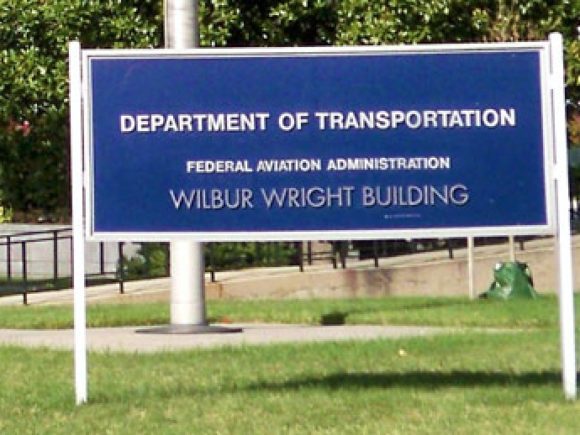Embraer announced their 2017 numbers, and following our process, we have built the history to provide context. First, we look at orders.
2017 was a shade better than 2016 but still well shy of earlier years. The data shows that the E175 remains the most popular model by far. This demand is mainly driven by its popularity in the US regional market. Embraer closed 2017 with a last minute order for 15 E175s which are listed as “Undisclosed”. Of the remaining 63 orders, 59 are for the US market – of the 59, 45 are for Skywest. The E175 falls within the US scope clause and US airlines are buying more of them.
Looking at the larger models, the following chart helps illustrate what has been happening.
As Embraer moved from regional jets into what has now been called the “Crossover Jet” market, they saw strong demand for their EJets. The initial excitement was focused on the E190. Embraer has told us during a visit that customers are so pleased with the E190, that the E190-E2 was not going to be changed much. As the chart illustrates they got the E190 just right. While Embraer has attracted orders for the E2 versions, the challenge is to persuade existing customers with EJets that are rather young, to upgrade. Is the E2 significantly better? Yes. But relatively low fuel costs and the overall efficiency of the EJets are such that it may be 2020 or after before we begin to see significant fleet upgrades from the older to newer models.
Embraer needs to focus on switching existing airlines from inefficient early A319s and 737s. They also need to look for airlines that are growing beyond regional jets and turboprop sizes. Wideroe was a perfect example of an ideal customer for the E2. Airlink is another example of such an airline that moved into second-hand EJets. Succesful operations at Airlink will almost certainly push them into the E2.
It would be appropriate to also express a thought on the potential Boeing deal. Embraer is admired for their engineering and quality. The company has developed a strong business, with a global customer base, not only for commercial but for business jets and military aircraft as well. Embraer is a highly attractive aerospace company and it offers Boeing a lot of advantages.
Boeing has been looking at and cooperating with Embraer for many years and for good reason. But the Brazilians have built their business on their own. They are right to be proud of their achievements. We say Brazilians because Brazilian taxpayers helped get Embraer to where it is today. Embraer is a great example of state investment that paid off, generating thousands of skilled jobs and a wide local supply chain. Embraer has brought increasing amounts of its work in-house, further increasing ROI for its owners. The company has excellent IP in high-tech, including fly-by-wire systems that are state of the art. It has also developed a first-rate customer support organization with global reach.
The net result is that Boeing needs Embraer more than Embraer needs Boeing. Brazil is absolutely going to make any deal as expensive as it can and limit Boeing’s power over what may be the finest state investment in Brazil’s history. Besides Brazil is no doubt aware of how Boeing’s earlier deal with de Havilland went. Lots of promises were broken. That “Golden Share” owned by the government is the ace in the hole.
Next, let’s look at deliveries. The chart shows how Embraer has evolved in the commercial jet airliner business.
Embraer’s regional jets were popular and allowed the company to develop the industrial capacity and engineering to move into larger aircraft. The switch was well executed, as Embraer rightly identified the “Crossover Jet” market early on, just as older companies were leaving the industry. Their EJet was timed well and was a clean sheet design that had everything airlines wanted. An example here would be KLM, long a fan of Fokker. Embraer had what KLM needed at the right time, and KLM has gone on to be Embraer’s best EU customer.
However, it is clear that today the E175 is the sweet spot for the EJet line. Embraer has seen a steady rise in E175 deliveries to the US regional service. While this is good news, the US scope clause continues to put a damper on any interest in the US with respect to the E175-E2.
The Bottom Line:
Embraer is running smoothly. Its E2 flight test program is reported to be on time and under budget. That is a really good news item when Boeing, Airbus, and Bombardier have each experienced major program delays. The only cloud on the horizon is how quickly can the company identify E2 targets and get them signed up as they transition production to the new models. With more than 1,400 EJets in service, there is a strong customer base to mine for future growth.
Co-Founder AirInsight. My previous life includes stints at Shell South Africa, CIC Research, and PA Consulting. Got bitten by the aviation bug and ended up an Avgeek. Then the data bug got me, making me a curious Avgeek seeking data-driven logic. Also, I appreciate conversations with smart people from whom I learn so much. Summary: I am very fortunate to work with and converse with great people.









